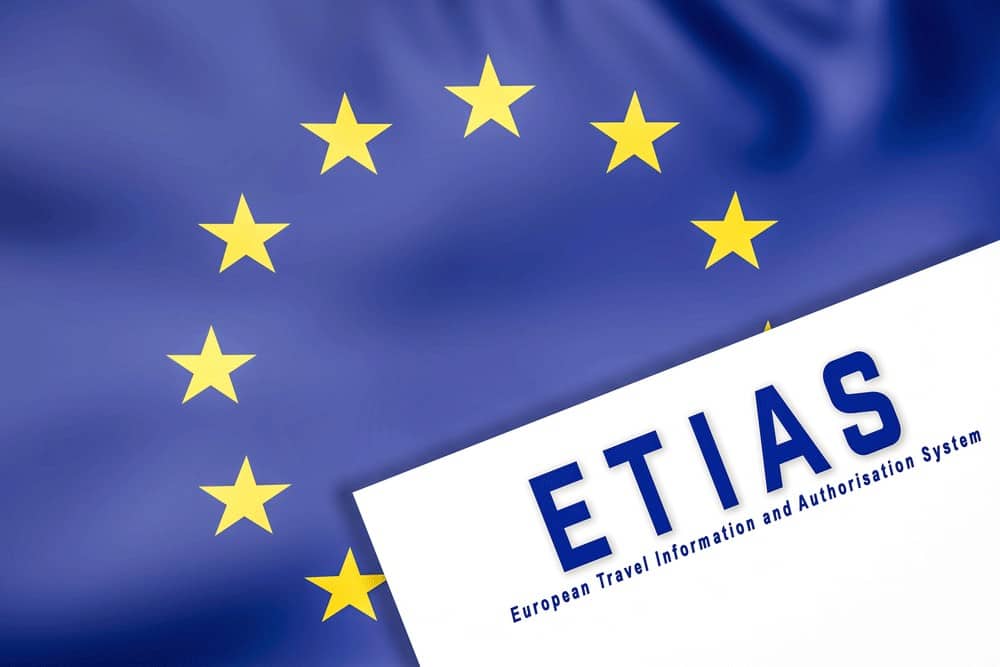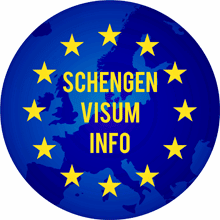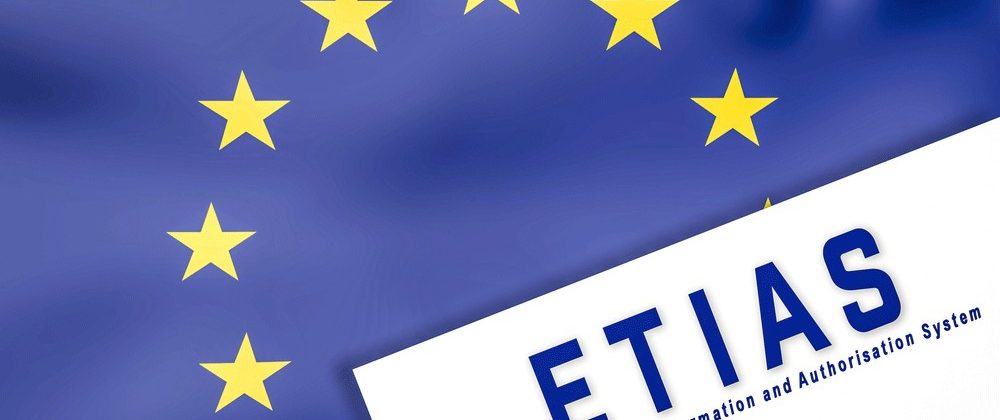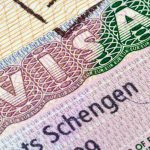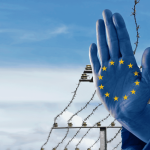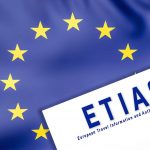In 2022 the new ETIAS travel authorization for the Schengen area launched. The European Travel Information and Authorization System (ETIAS) is a new online platform where travelers from third countries can apply for a travel authorisation. It is part of a plan to improve border security for the Schengen area.
Not all visitors can come to Europe with an ETIAS travel authorization. Only those with a visa waiver can use ETIAS. Residents of other countries will first have to apply for a Schengen visa.
Travelers from countries that already visa-free travel to Europe, can register online with ETIAS before they leave. If there are no objections, they will receive a travel permit.
Countries with a Schengen visa waiver
The countries of the European Union (EU) and the European Free Trade Association (EFTA) that are part of the Schengen area have a so-called visa-free travel policy for visitors from certain third countries. The list of countries is known as the “Appendix II” countries.
After Brexit, the United Kingdom (UK) is the last non-EU state to be added to the “Annex II” list. Brits can now visit any Schengen country visa-free. From 2022, British citizens must also first apply for an ETIAS travel authorization online.
The “Appendix II” visa waiver list covers more than 60 countries and territories. Anyone with a passport issued by one of these countries can apply for a travel authorization via the ETIAS platform.
Nationals of the following countries need the ETIAS visa waiver to visit Schengen from 2022:
- Albania
- Antigua and Barbuda
- Argentina
- Australië
- Bahamas
- Barbados
- Bosnia and Herzegovina
- Brazil
- Brunei
- Canada
- Chile
- Colombia
- Costa Rica
- Dominica
- El Salvador
- Georgia
- Grenada
- Guatemala
- Honduras
- Hong Kong
- Israel
- Japan
- Kiribati
- Macau
- Malaysia
- Marshall Islands
- Mauritius
- Mexico
- Micronesia
- Moldavia
- Montenegro
- New Zealand
- Nicaragua
- Northern Macedonia
- palau
- Panama
- Paraguay
- Peru
- Saint Kitts and Nevis
- Saint Lucia
- Saint Vincent and the Grenadines
- Samoa
- Serbia
- Seychelles
- Singapore
- Solomon Islands
- South Korea
- Taiwan
- East Timor
- Tonga
- Trinidad and Tobago
- Tuvalu
- Ukraine
- United Arab Emirates
- United Kingdom
- USA
- Uruguay
- Vanuatu
- Venezuela
The remaining 4 “Annex II” countries are European micro-states closely linked to the Schengen member states. Citizens of these countries (Andorra, Monaco, San Marino and Vatican City) do not need a visa or ETIAS registration to visit the Schengen area.
In fact, travelers from other “Annex II” countries will use ETIAS to visit these 4 states in addition to the Schengen area.
Which countries can you visit with an ETIAS travel authorization?
If you want to travel to the Schengen area without a visa and you are not required to have a visa, you must first register with ETIAS from 2022, which can be done online.
The Schengen area consists of 26 European countries. Of these, 22 are members of the EU, while the remaining 4 form the EFTA. Croatia will also become an official member in the near future.
The Republic of Ireland is the only EU member state that will continue to have its own visa policy. There are no plans to join Schengen. An ETIAS travel authorization will therefore not grant entry to Ireland.
Due to the lack of border controls between Andorra, Monaco, San Marino and Vatican City and the surrounding Schengen countries, these microstates are in fact also part of the Schengen area. It is only possible to enter Andorra from France or Spain. In addition, San Marino and the Vatican are only accessible from Italy.
However, it is possible to enter Monaco via France or by sea. However, France is responsible for border control of Monaco and travelers entering by sea must comply with French immigration rules. With an ETIAS travel authorization you can therefore travel to one of these 4 microstates.
How do I get an ETIAS travel authorisation?
An ETIAS travel authorization for Europe is easy to obtain. Before flying to Europe, passengers can fill out a form online. Some personal, passport and travel details are required. The fully automated system then enables the Schengen border authorities to screen the traveller. As long as there are no objections, approval will follow and you can travel to Europe.
Thanks to the online application procedure, applying for an ETIAS travel authorization is much easier than applying for a visa. Foreign travelers can request permission to visit Schengen countries from the comfort of their own home. A Schengen visa, on the other hand, must be applied for at an embassy, which usually means a trip to the nearest capital city.
ETIAS can be used for a short stay in the Schengen area (up to a maximum of 90 days). The visa waiver applies to tourism and business trips. However, it does not allow third country nationals to work in Europe.
